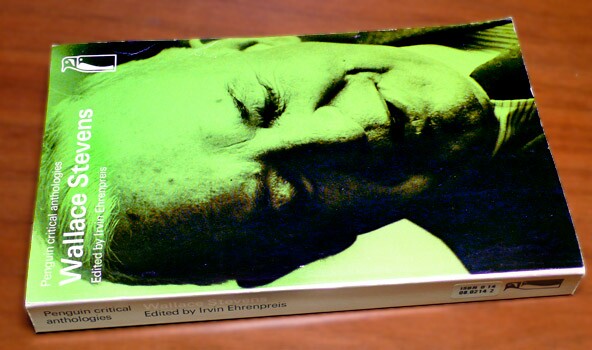Slow Time: Walking, Working, and the Making of a Writer

| Photo: Conrad Bakker/Flickr/Creative Commons License
Wallace Stevens (1879-1955) walked to work. He lived in Hartford, Connecticut where he was a lawyer and corporate executive for the Hartford Accident & Indemnity Company. A fellow executive recalled that Stevens was ''respected, perhaps a little bit feared.''
Stevens never learned to drive. He walked from his white two-story house at 118 Westerly Terrace to his office each workday, turning down offers of a lift from other men driving to work. It was a substantial walk - nearly 2.5 miles each way, most of it on a long, mostly straight section of Asylum Street.
| Photo: Public Domain Source
Stevens was a successful businessman - a vice president of two insurance companies - and an unhappy husband and an obscure poetwho won the Pulitzer Prize for his Collected Poems in the last year of his life. Like William Carlos Williams - a contemporary of Stevens, a family doctor, and also a poet - Stevens successfully maintained a double life: artist and a man with a job.
Stevens thought having an everyday sort of career was important to his art, an insight to the writing life that Williams shared. Stevens also thought that the pace of his walking was one source of his poems. Walking was slow enough to make time for a foot of verse.
Stevens walked five miles most days on the familiar streets of Hartford as he murmured to himself rhythms and rhymes. He would write down what he had composed before he turned to work at the office; poems about a Man with the Blue Guitar, the Disillusionment of Ten O'Clock, The Emperor of Ice-Cream, and Thirteen Ways of Looking at a Blackbird.
Stevens is notorious for the difficulty of his poems(I think of him as the American Mallarmé). His settled life didn't make him simple. His imagination in Hartford was more lush than a jungle in Borneo, perhaps not despite Steven's conventional house on a suburban street.
Work and walking may make a writer. They made me one.
D. J. Waldie, author, historian, and as the New York Times said in 2007, "a gorgeous distiller of architectural and social history," writes about Los Angeles on KCET's SoCal Focus and 1st and Spring blogs.


